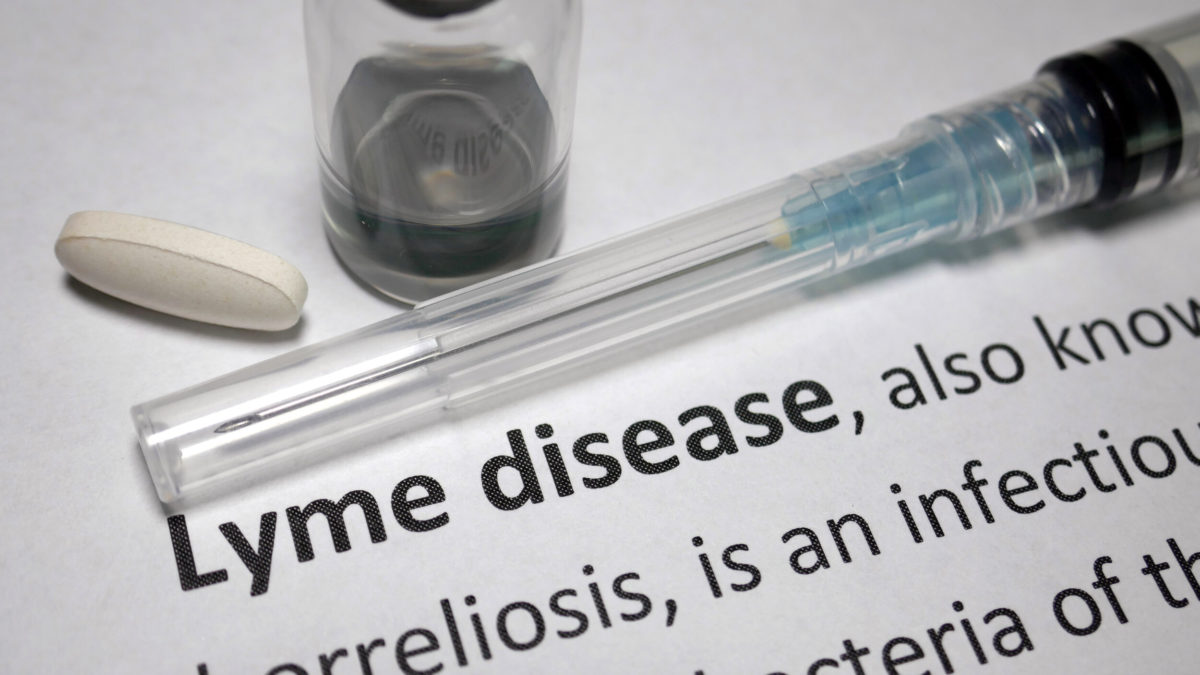Why is it so hard to find a Lyme doctor? Here are some reasons.
In the first study of its kind, two Lyme disease experts gathered data on a question frequently asked by tick-borne disease patients: Why is it so hard to find a Lyme-treating physician? And how could there be such a doctor shortage, when there are 476,000 new annual Lyme cases per year reported from all 50 states?
Invisible’s new short course answers this question based on data from a survey-study of 155 clinicians from 30 states who treat Lyme patients. The study’s goal was to identify the problems that clinicians face when treating these patients, a first step to overcoming these obstacles. The study’s authors are Elizabeth L. Maloney, MD, a Minnesota family physician and Invisible’s education co-director; and Lorraine Johnson, JD, MBA, the Chief Executive Officer of LymeDisease.org and the principal investigator of its patient registry and research platform, MyLymeData.
The first point that the study authors make is that these patients aren’t easy. Seventy-nine percent of survey respondents said that their biggest challenge was the complexity of care required for tick-borne disease patients. Because Lyme and co-infection testing is unreliable or nonexistent, clinical exams typically take longer than is reimbursed by medical insurance. This means that clinicians lose money on these patients because the economic reimbursement model in the U.S. doesn’t work for complex and/or chronic conditions.
In many cases, Lyme patients have cognitive impairments caused by brain inflammation, making it hard for patients to communicate accurate medical histories and follow treatment protocols. About half of the providers said that their Lyme patients require more handholding and calls between regular appointments than with other diseases.
One of the most surprising findings was the stigma-burden faced by Lyme-treating physicians. Three-quarters said that they had suffered from professional stigma, including:
- 61% experienced a lack of collegial support
- 59% faced opposition from physician organizations
- 19% had been subject to medical board inquiries
- 11% had been excluded from insurance networks
“We can think of professional stigma, regulatory investigations, and failed economic models as forming a wall that not only separates patients from clinicians but produces significant disincentives for clinicians to provide care,” said Dr. Maloney. “This leads to a significant supply-and-demand mismatch, which is why patients have trouble finding a treating clinician.”
The Invisible Education Initiative, funded by the Montecalvo Foundation, is working to educate more health-care providers on the best protocols for getting Lyme patients better faster. We do this by providing free, accredited Continuing Medical Education (CME) courses that focus on vector-borne and environmental illness within a One Health framework. These courses are available to clinicians and the public. To donate to this initiative and to learn about Invisible International, please go here http://invisible.international/give.
Watch here: https://learn.invisible.international/courses/barriers-to-lyme-disease-treatment-what-the-data-is-showing/




